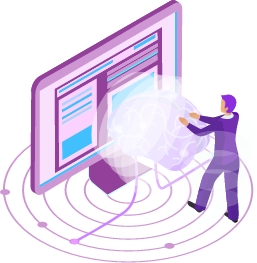Modern banking places the customer at the core of all its strategies and processes. Simplicity and ease of use, convenience, and a seamless, personalized customer experience are key differentiators in banking today.




Right now, there is a flurry of partnerships between fintechs and pure play BNPL firms. For example, Square acquired AfterPay, Amazon joined hands with Affirm, Zip and Capital Float. The space is likely to see many more new entrants either through partnerships or on their own like ICICI and Monzo. BNPL players allow their merchants to offer instalment financing to their end customers. Consequently, increasing number of retailers are now offering these services as they increase purchase value and reduce cart abandonment rates. Unfortunately, most banks have underestimated the BNPL segment and are not actively trying to leverage this lucrative new trend. By staying out of this segment, they stand to lose out on a growing value pool and on acquiring and growing a younger customer base. Some banks are trying to compete by offering post purchase instalments to manage credit card payments. But this pushes the customer away from the product page where the purchase decision is made and leaves money on the table.

As with almost everything in life, BNPL is not without its risks. The ease and lack of credit checks can attract people who are already struggling to pay their debts. This could lead to high default rates and higher interest and late fees for customers, which could damage their credit scores further. Regulators are also wary of unregulated financial products leading to unsustainable spending habits. This would make it difficult to assess how much credit a consumer is already working with and make it harder to check their repayment ability. Banks are also afraid of BNPL diverting their income from traditional revenue streams like credit cards and loans. The answer to these challenges lies in the use of cutting-edge technology. Artificial Intelligence and Machine Learning can be leveraged to analyze data from multiple sources and supplement credit checks to assess a customer’s credit worthiness. These technologies can also help in fraud detection and identify customers who are likely to avail of BNPL services in the future.
1McKinsey
2Businesswire